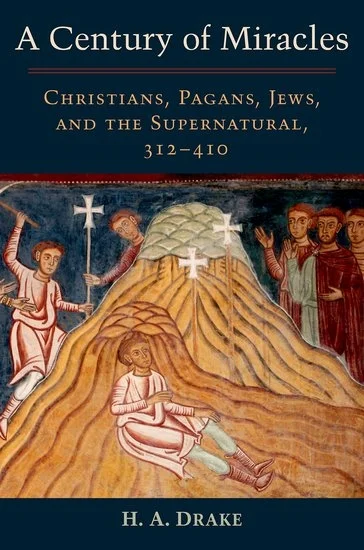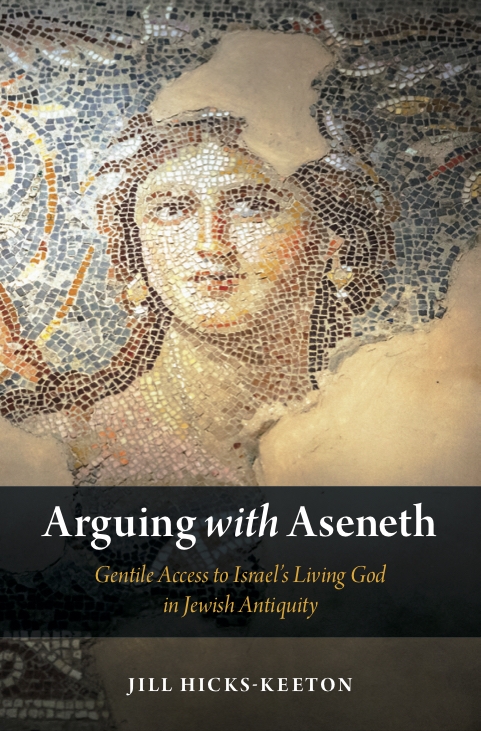Sixth/seventh-century incantation bowl with Aramaic inscription | From Nippur, currently in the Met Collection L1999.83.3 | Image Source
This Week: Responses to anti-Semitism, forged scrolls, Constantine’s daughter, commemoration in Roman Syria, Antioch through time, a menagerie of ancient fauna – and more!
Read More


















